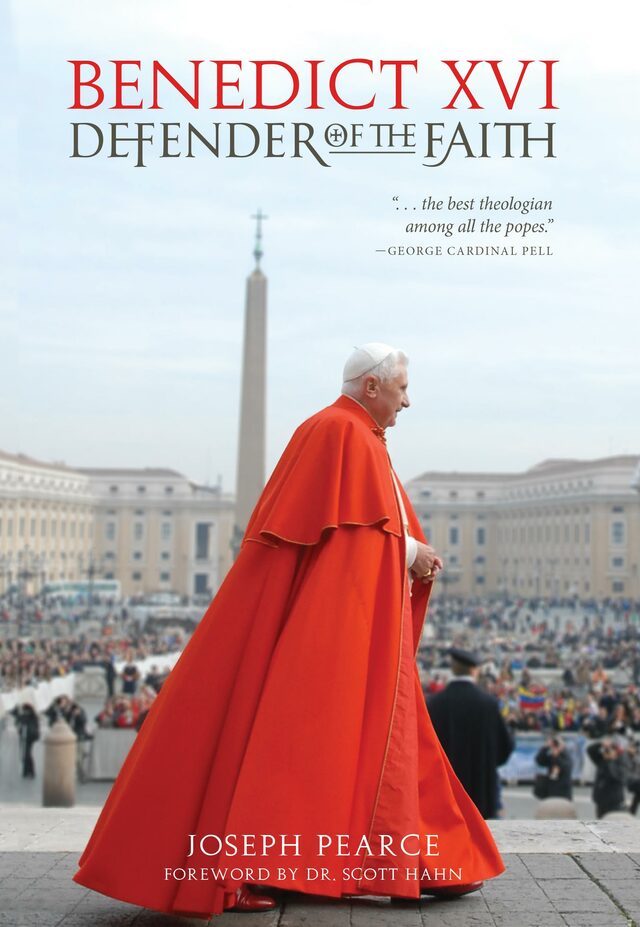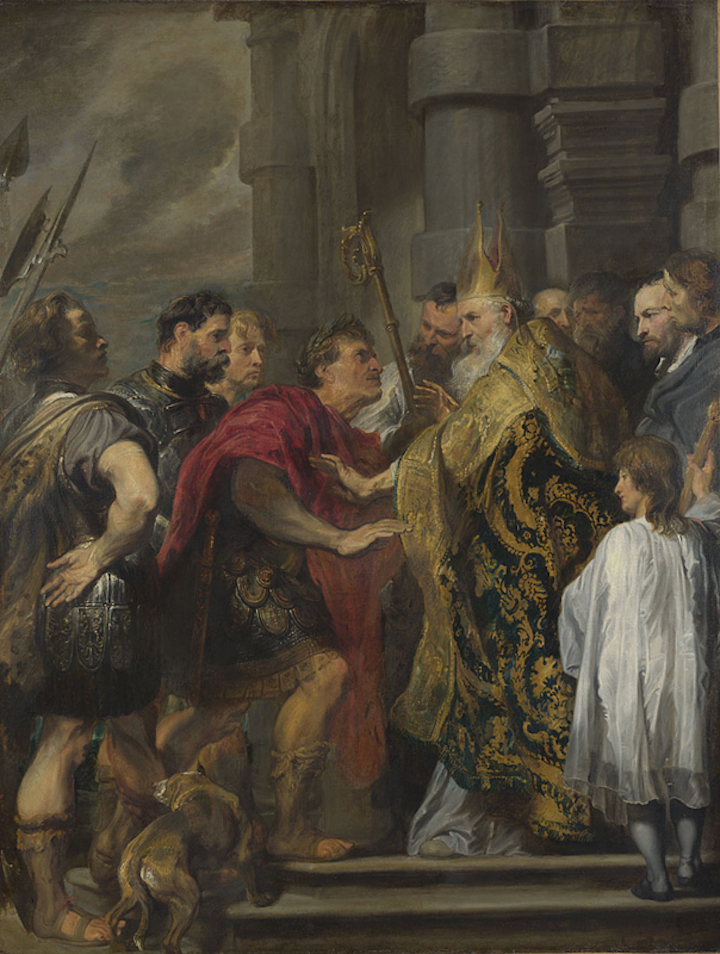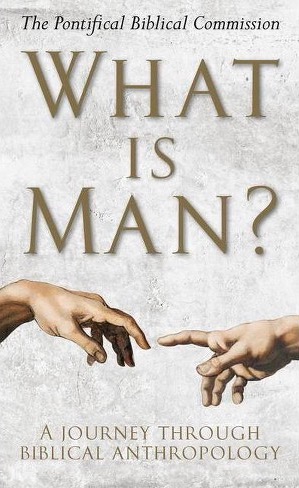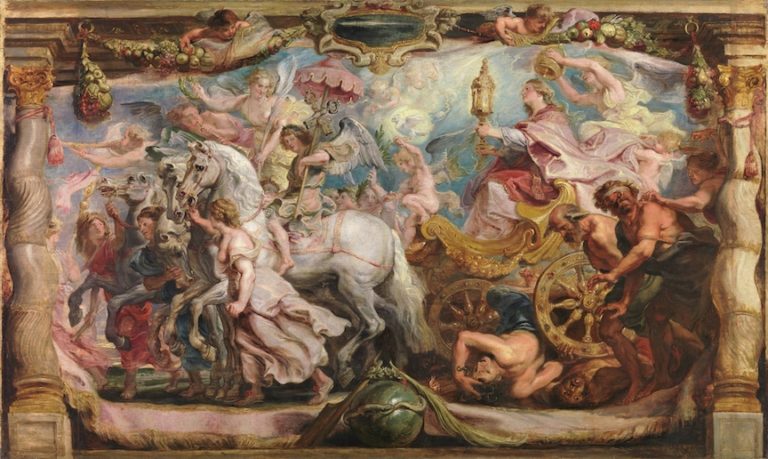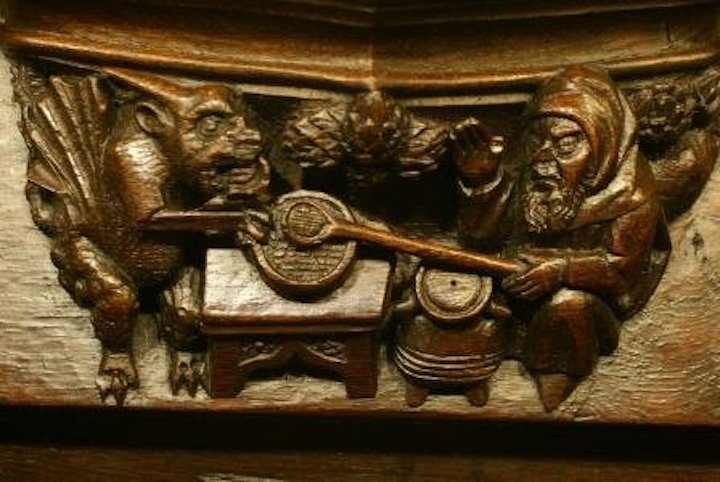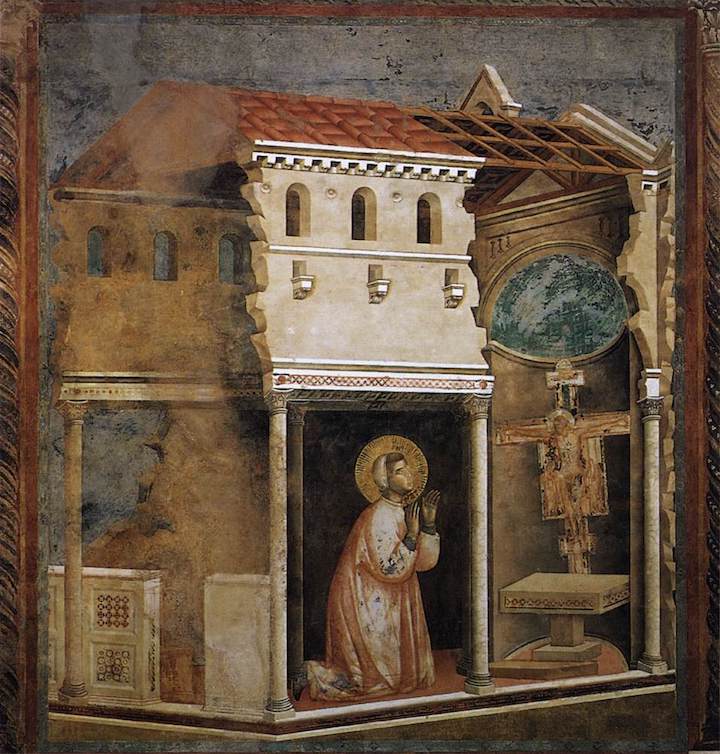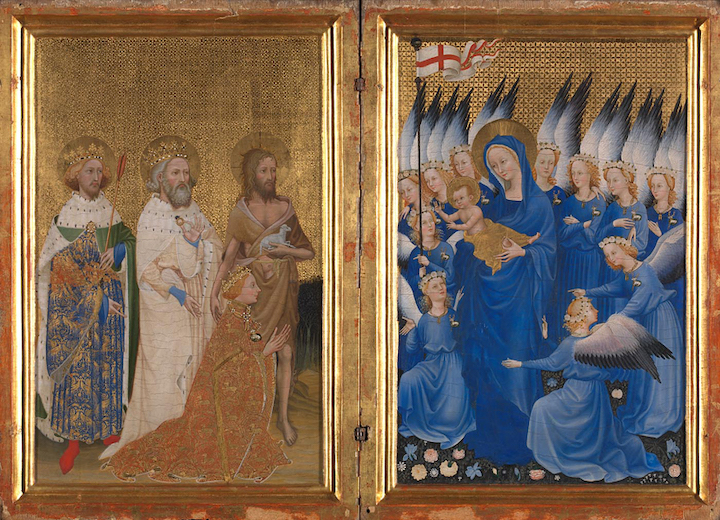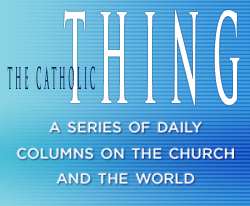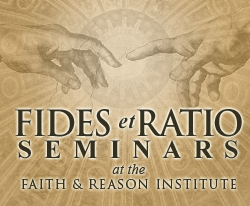To Heal the Eyes of the Heart
Written by Robert Royal
Monday, December 6, 2021
In the spring of 430 AD, the Vandals – a Germanic horde numbering in the tens of thousands – began a siege of Hippo Regius, an affluent and important city on the North African coast (modern Annaba in Algeria). Today, that might seem an obscure episode within the movements of various “barbarian” peoples in the waning days of the Roman Empire (which “fell” just fifty years later), if not for the fact that the bishop of the city at the time was the great St. Augustine.
Augustine was 75 by then, and died within a few months, no doubt partly from the stress produced by the siege. The Vandals subsequently ransacked the city but left standing Augustine’s cathedral and library. Still, they destroyed almost everything he had labored to build as a bishop for over three decades.
As a longtime resident now of the Washington D.C. area, I often think of this history as I see various forces encircling the Church and the nation. So far, there’s enough resistance that there’s still hope. But sometimes history suggests some sharp lessons. Which is only one of many reasons why, at our moment, it’s still quite worthwhile to read and ponder the life of St. Augustine.



